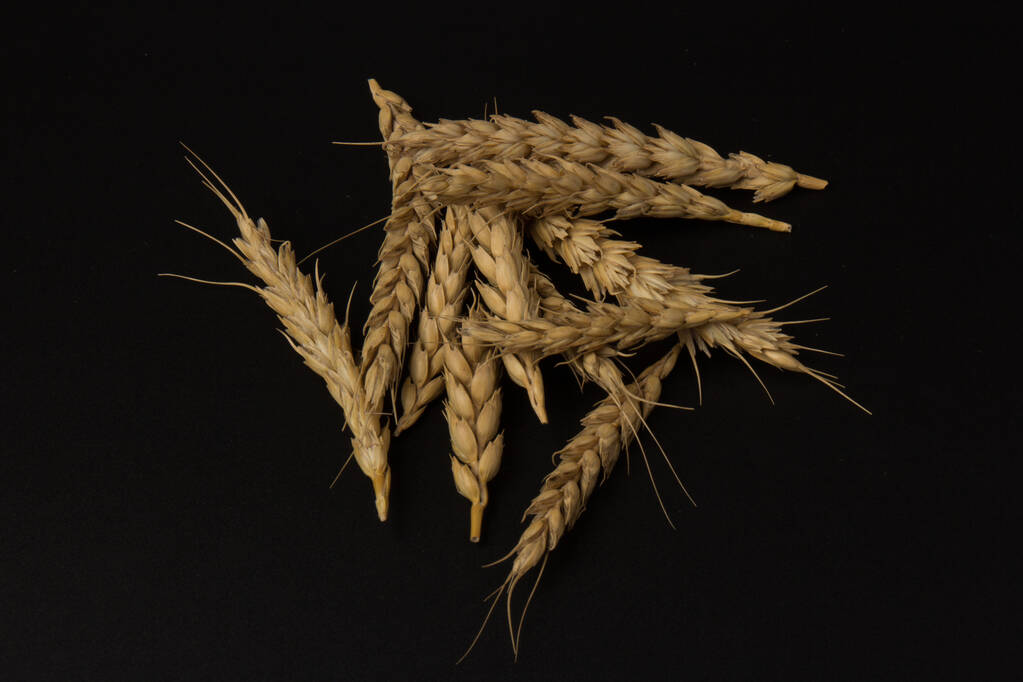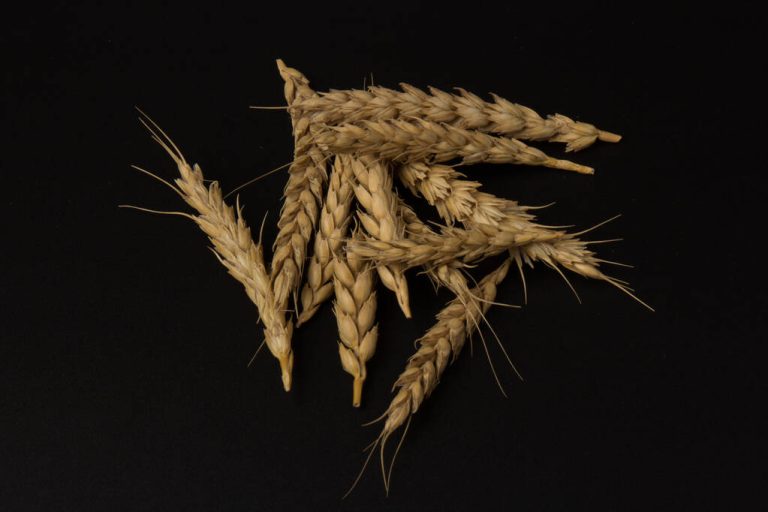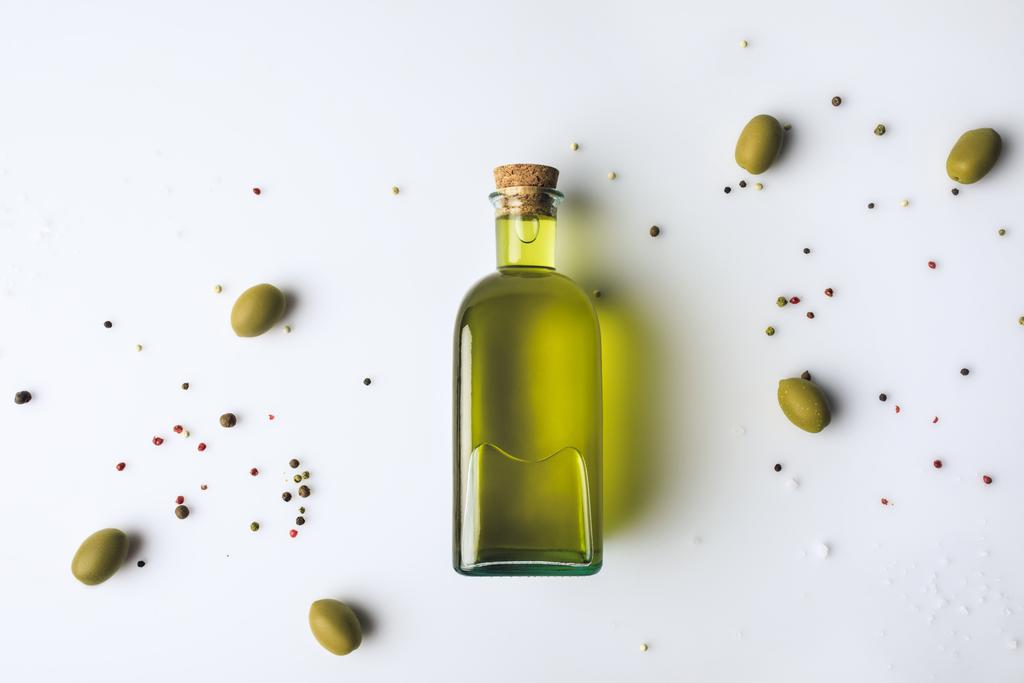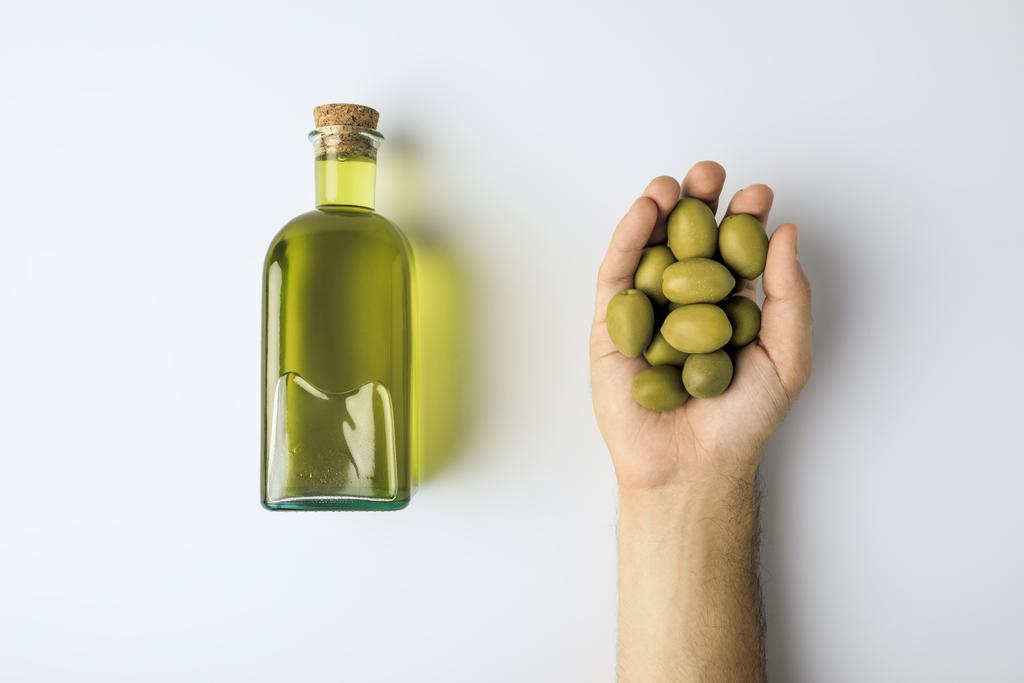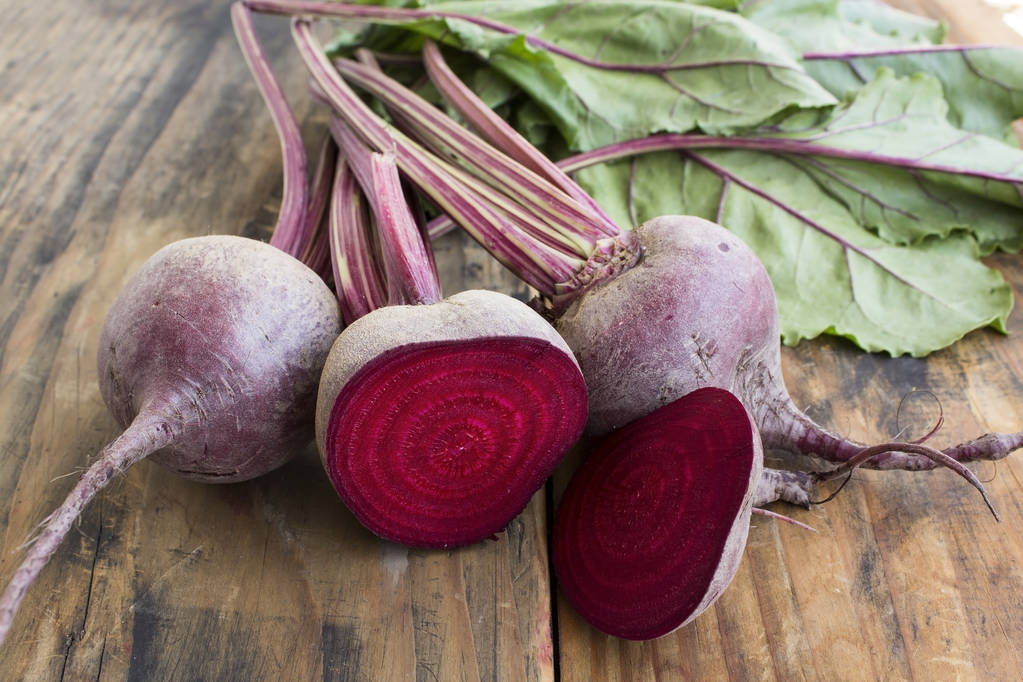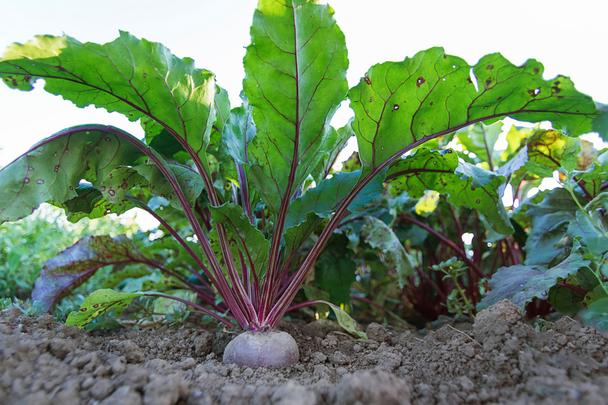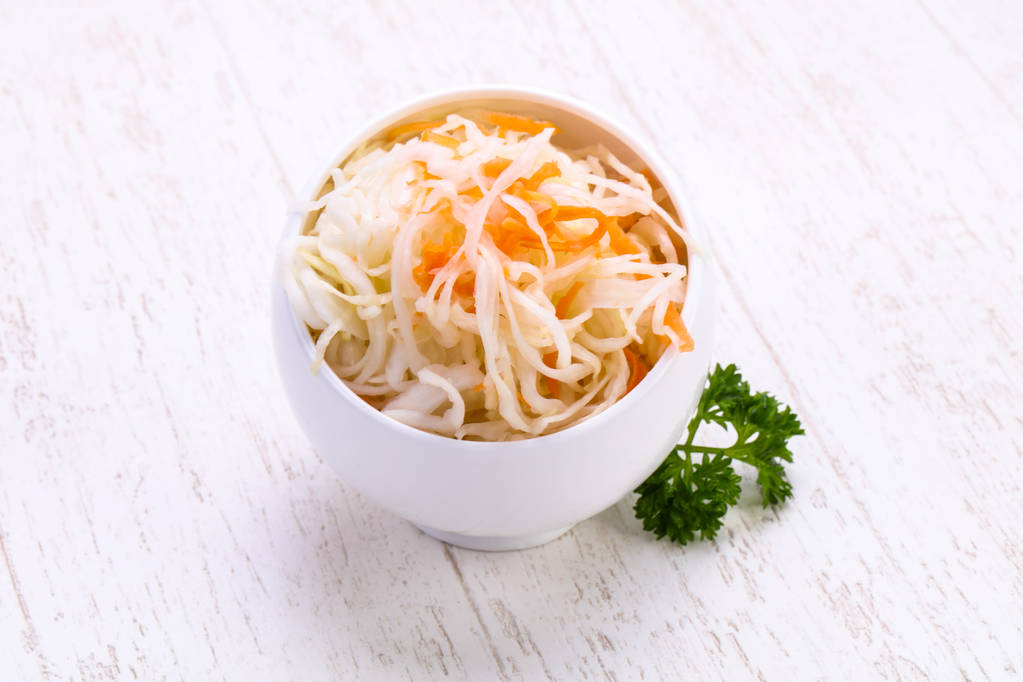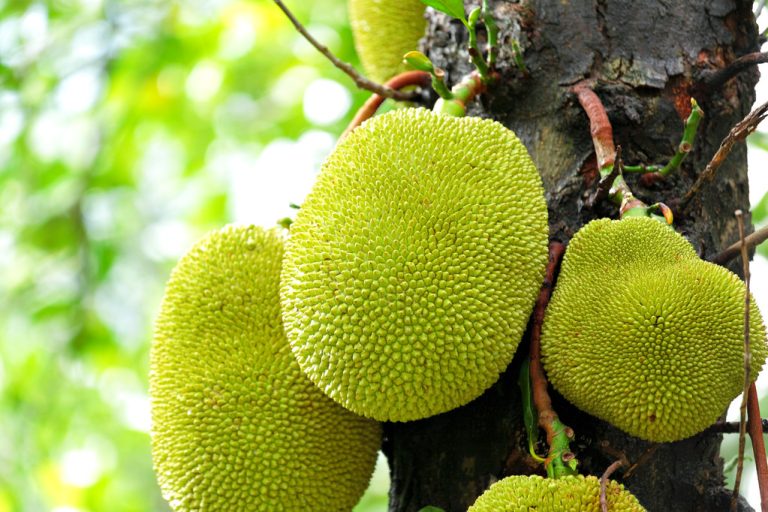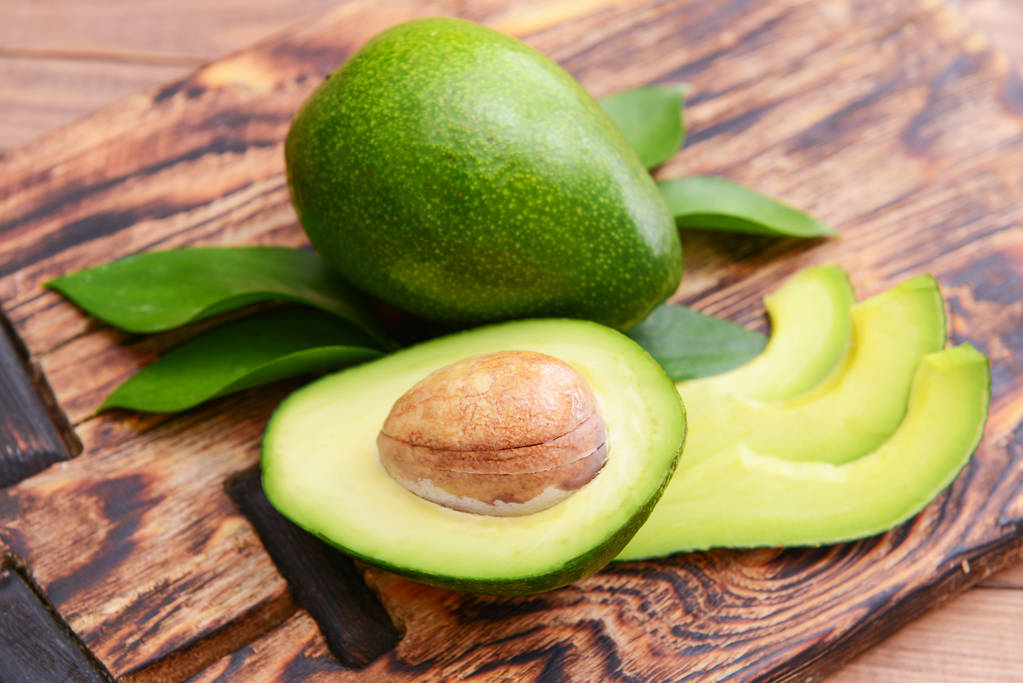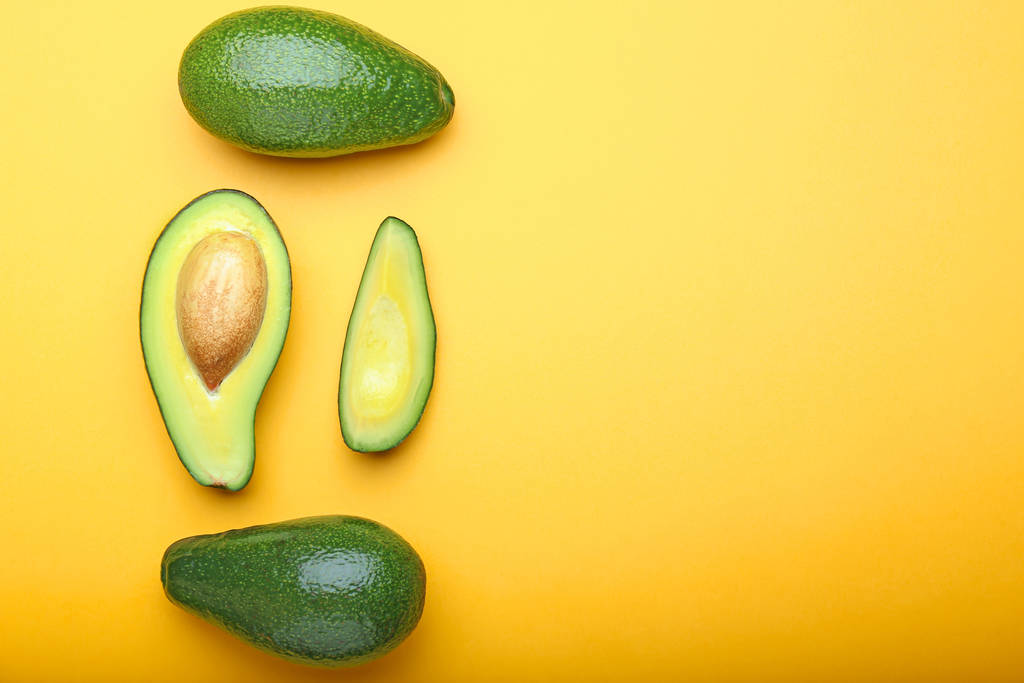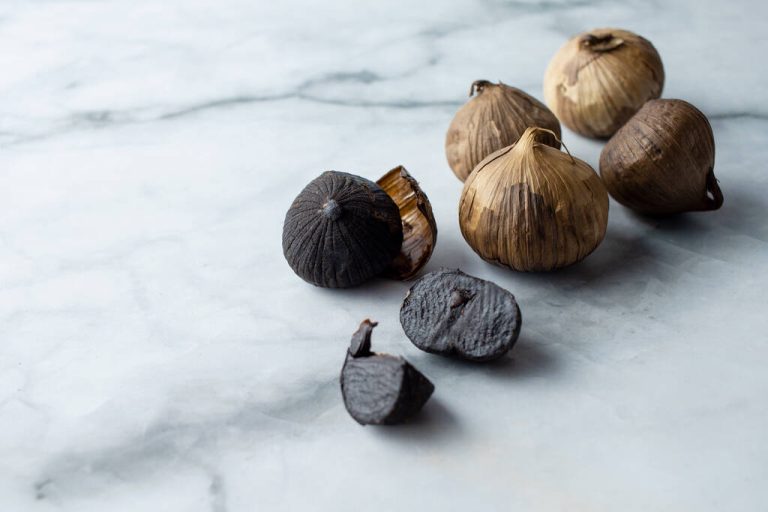Whether schnitzel, steaks or sausages – there are now enough meat substitutes that can replace the popular meat dishes. But can you really enjoy them without hesitation? And what other foods are suitable as alternatives?
Finished meat substitutes: Quality is key
Whether plant-based sausages, schnitzel, minced meat or nuggets: there is now a huge selection of meat substitutes in the supermarket, and it is still growing. These finished products are usually made from multiple sources of protein, spices, and thickeners.
The meat alternatives are often much more sustainable in production than conventional meat. However, there is a decisive disadvantage with the finished products in particular: they also contain many additives. How healthy the veggie dishes really are varies from product to product. Many are highly processed and therefore contain hardly any vitamins and minerals. But some also contain high-quality plant-based protein, less fat and saturated fat, and more healthy fiber than animal meat. Cholesterol is also not found in most products – in contrast to the animal counterparts.
Since you quickly lose track of the numerous options, it is always worth checking the list of ingredients before buying and also giving preference to organic products. As with other foods, there are differences in quality. Conventional meat substitutes in conventional supermarkets contain the usual additives and are of poorer quality than products from the organic market. These usually contain no additives and are made from organically produced, high-quality raw materials. A lot of salt is added to the alternatives from the organic market – which the Albert Schweitzer Foundation, for example, sees critically. Nevertheless, the quality is different here than with meat products: it is usually not nitrite curing salt or iodised table salt, but sea salt. If you pay attention to the salt content in food, it is best to check the list of ingredients and look for the low-salt meat substitute.
Seitan, soya, peas – the alternatives can do that
Seitan is made from wheat protein and therefore contains gluten and is not suitable for people with celiac disease. It is most similar to meat in both taste and texture. Seitan is more al dente than tofu and slightly fibrous. You can already buy ready-made seitan seasoned with soy sauce or something similar, or seitan powder for mixing. The products are often available in the form of grilled steaks, sausages or schnitzel. The alternative is very rich in protein, but the biological value is limited. Anyone who eats a lot of seitan should always eat other sources of protein, such as legumes.
Soy shreds, also Textured Vegetable Protein (TVP), is actually textured soy protein made from defatted soy flour. It is tasteless and can therefore be used in a variety of ways. Soybean shreds are used industrially to make substitute products, but can also be prepared at home. To do this, you first have to soak the pieces in water or broth, then squeeze them out well, marinate and fry them. Soy slices are suitable for preparing burgers and sliced meat, among other things. Although the product is a processed food, it still provides important nutrients such as protein, calcium and vitamin B2.
Peas are also used for meat substitutes. More precisely, the pea protein from it to make alternatives such as schnitzel, sausages or nuggets that you can find in almost all supermarkets of different brands. This variant is also naturally tasteless and can be seasoned as desired. Products made from peas are particularly rich in protein and some essential amino acids.
Lupine and tofu: protein suppliers as a meat substitute
Some animal substitutes are made from lupins. The lupine is related to peas and beans and is processed into tofu in a similar way to soybeans. In addition to finished products made from isolated lupine protein, such as yoghurt, ice cream or sausages, lupine is also available as flour, flakes, shredded meat, grist or tempeh. All these options are available for the production of baked goods and also for the independent preparation of meat alternatives such as burger patties or sausages. The lupine has a nutty taste. It is rich in protein, contains essential amino acids and plenty of micronutrients and fiber.
It is also very good when cut into cubes in stews, on salads, in pasta sauces or on grilled skewers. In general, tofu is available in almost every flavor in the organic market.
Patties, bolognese and lasagna – These alternatives are suitable for this
Tempeh is a little rarer in conventional supermarkets, but available in organic markets. It consists of whole, steamed and peeled soybeans fermented with mushroom cultures, which are pressed into a block. The fermentation process makes the tempeh easy to digest and can therefore also be tested by people who do not tolerate soy very well. The nutrients in soybeans are more available through the process. This alternative is also available pure or marinated and tastes both plain and processed.
Grains such as bulgur or unripe spelt are nutritious and wholesome and are a healthy alternative to meat. Bulgur is a good choice as a minced alternative for pasta sauces or for stuffing vegetables. Traditional Çig Köfte are also made from it in Turkish cuisine. Green spelt is unripe harvested and dried spelled, from which you can conjure up delicious patties or hearty spreads. It is spicy, slightly nutty and is characterized by a lot of iron, magnesium, zinc, manganese and lots of fiber.
You can also make patties out of beans or lentils. Well seasoned with paprika powder and tomato paste, they not only taste good, you can also achieve an optimal consistency with locust bean gum or agar-agar. Just like beans, lentils are very high in protein, low in fat and high in fiber. As a full-fledged alternative, they are also very suitable as an addition to Bolognese or lasagne.
Jackfruit – An exceptional meat substitute

Somewhat more unusual and exotic is the tree fruit jackfruit, which comes from the tropics. Properly prepared and seasoned, its fibrous consistency is reminiscent of cooked pork and is therefore often used like pulled pork. Unfortunately, the fruit has a low protein content, but it is soy and gluten-free.
Ultimately, meat substitutes are an increasingly popular alternative to “real” meat. However, the products should not be on the menu every day because, as with all other foods, the quantity is decisive. For a healthy diet, you can look out for organic products from the organic market and also check the list of ingredients. Otherwise, you can conjure up delicious dishes yourself from natural and healthy ingredients such as legumes, bulgur or unripe spelt.
